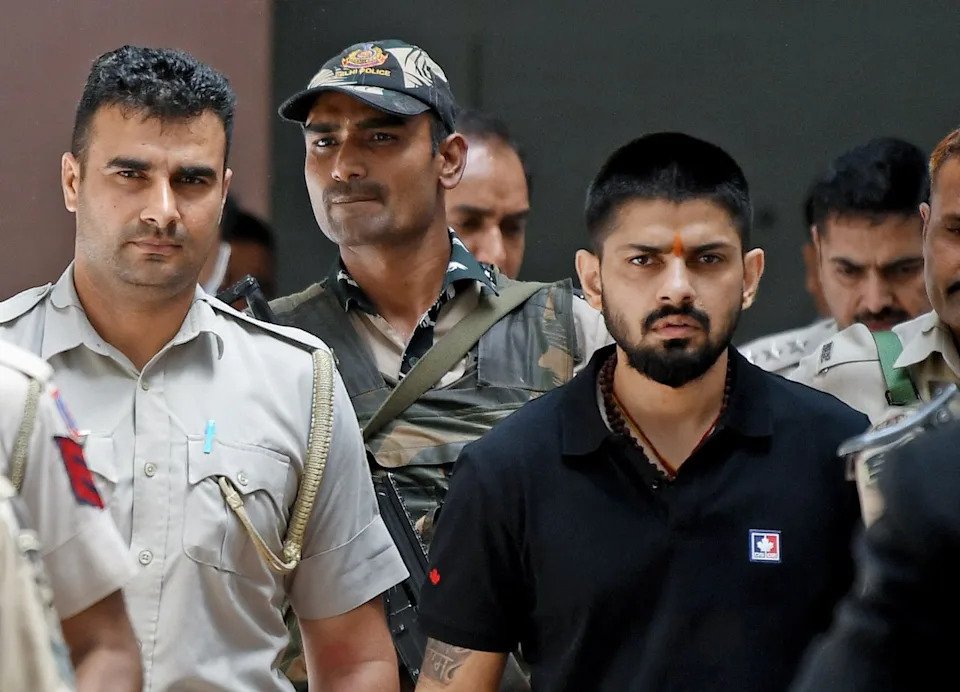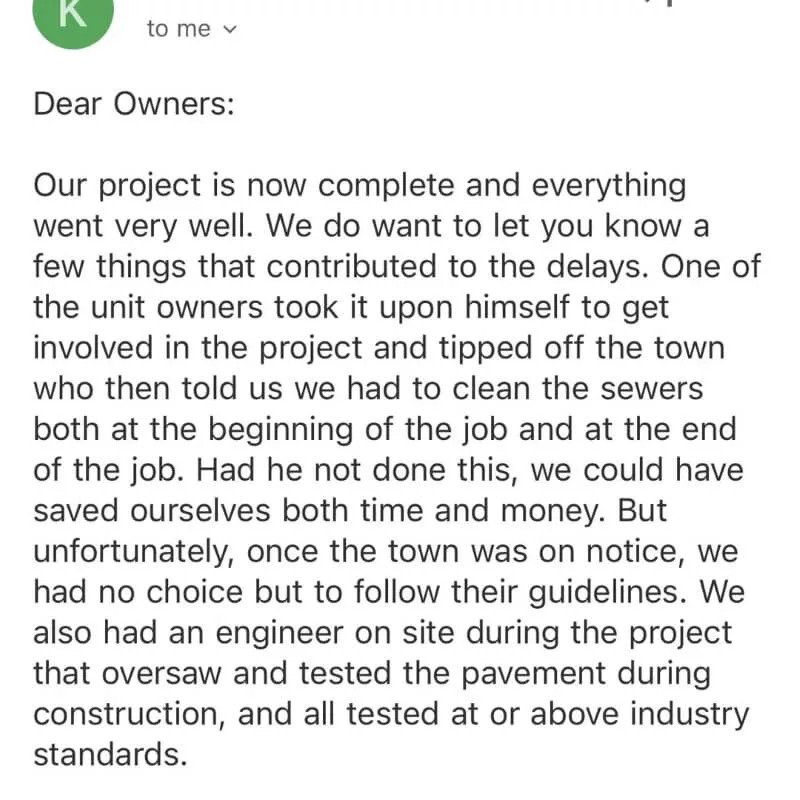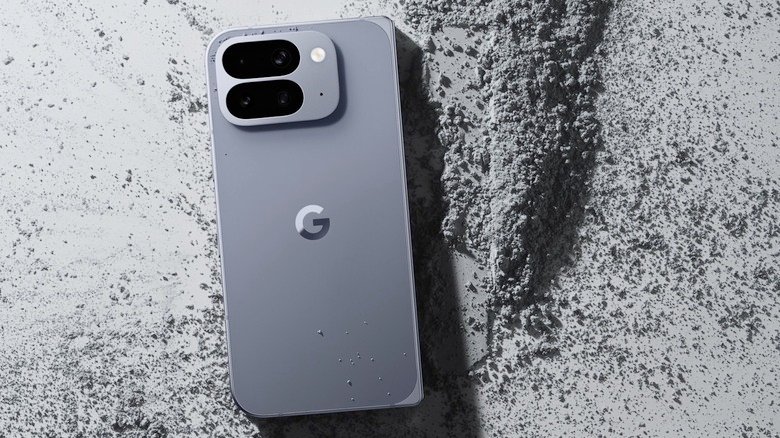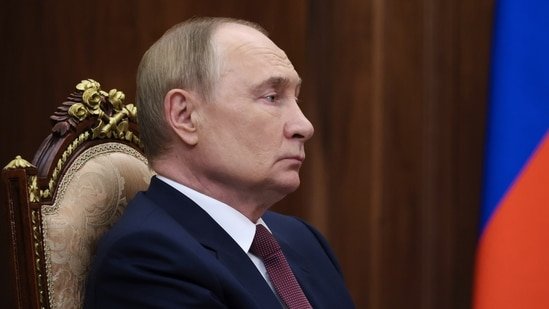TOKYO—In return for billions of dollars of investment pledges and promises to buy more American goods, U.S. allies in Asia and Europe say President Trump agreed to lower tariffs on key exports such as cars and steel.

Weeks later, they are still waiting.
Earlier this year, Trump threatened many of the U.S.’s trading partners with lofty import duties. Then, in a rapid series of deals culminating this month, he lowered them in pacts that, in some cases, included pledges by those countries to invest in the U.S.
The administration, however, has so far left in place a series of tariffs levied for national-security reasons on sensitive products such as cars, steel and aluminum.
The delays in addressing those tariffs—as well as discrepancies over investment and other issues—have created uncertainty for businesses and policymakers over future U.S. trade policy.
Japan and South Korea said agreements they struck with the U.S. included reducing to 15% a 25% tariff on imported automobiles—but for now that levy is still being collected, adding to mounting losses at some of the world’s biggest carmakers. Toyota Motor estimates tariffs will cost it around $9.5 billion in lost operating profit in the fiscal year ending in March, an estimate that had assumed tariffs on U.S. car imports would be reduced this month.
Even the U.K., which was the first country to agree to a new trade pact with Trump back in May, is still waiting for a reduction in steep tariffs on steel. The two sides are thrashing out final terms on exactly which U.K. steel exports will qualify.
A U.S. administration official said the U.S. agreed to discuss and possibly adjust these so-called Section 232 tariffs but said the administration didn’t make a firm commitment to change them as part of these initial agreements.
Such teething problems illustrate the challenge of putting Trump’s rapid-fire trade pacts into practice.
Traditional trade agreements run to hundreds of pages and seek to define clear rules for cross-border commerce to encourage companies to take the risky step of engaging in international trade. Trade lawyers painstakingly haggle over tariffs and regulatory barriers to broaden market access.
In his second term, Trump prefers bold pledges and handshake agreements to detailed legal texts with binding commitments. His trade policy is less about expanding international trade than it is about narrowing chronic U.S. trade deficits and recouping what he believes are billions of dollars lost to foreign countries under the existing global system.
Trading partners, too, have shied away from formal agreements that would impose specific legal obligations on their side. That partly reflects a desire to avoid bureaucratic entanglements and move swiftly, according to analysts and government officials, as well as a wariness of Trump’s commitment to agreements he does make. Trump in his first term signed new trade accords with Japan, South Korea, Canada and Mexico, among others, all of which he has effectively repudiated by unilaterally raising tariffs.
President Trump in his second term prefers bold pledges and handshake agreements.
Answering critics in Japan’s Parliament who wanted to see a written version of Tokyo’s trade pact with Trump, Prime Minister Shigeru Ishiba told lawmakers a formal treaty would mean even greater delays in implementation—without a guarantee that Trump would stick with it.
The EU is pushing for a written statement—but has said it won’t be legally binding.
Commerce Secretary Howard Lutnick said in an interview on CNBC on Tuesday that documents with deal terms for countries including Japan and South Korea are “weeks away,” but that investors shouldn’t expect “250-page trading agreements.”
Unlike the stability and confidence-building brought by traditional trade deals, this new, looser approach to trade policy means delays, disputes and misunderstandings are the new normal for trade relations with the U.S., said Simon Evenett, a professor at IMD Business School in Switzerland who runs Global Trade Alert, which monitors trade policy.
“The upshot is we inject uncertainty rather than remove it,” Evenett said. “It’s the price you have to pay with Washington these days.”
An administration official said the documents being prepared “will more precisely lay out deal terms and put to bed any lingering uncertainty.” The official added that the president reserves the right to adjust tariff rates if he judges the other side has reneged on its commitments.
As well as Japan, South Korea and the European Union, the U.S. has also reached preliminary agreements with smaller but significant trade players such as Vietnam. A deal with China has proved tougher, but Trump this month extended a deadline for higher tariffs on China to come into effect to allow further talks and a possible meeting with Chinese leader Xi Jinping.
The typical format for a Trump deal includes a pledge by the U.S. trading partner to invest big sums in the U.S., promises to buy more American exports, and a lower tariff rate in return.
Almost as soon as some of these pacts were announced, cracks in what exactly they entailed started to show.
Following a deal with Seoul, the White House announced that South Korea would provide “historic market access to American goods like autos and rice.” Yet Finance Minister Koo Yun-cheol, one of South Korea’s top trade negotiators, told reporters when he returned home that he didn’t discuss rice with the U.S. team at all.
An administration official said White House announcements have laid out what trading partners have agreed to and “we expect them to abide by these commitments.”
Investment pledges have proved especially controversial, with U.S. allies pushing back on Trump’s insistence that he will have considerable discretion over how those funds are invested.
For instance, a $350 billion investment fund that was the cornerstone of the pact with South Korea, of which $150 billion is earmarked for cooperation in shipbuilding, would be “owned and controlled by the United States, and selected by myself, as president,” Trump said.
Kim Yong-beom, South Korea’s presidential chief of staff for policy, said that the fund “is not a structure where the U.S. unilaterally decides,” and that South Korea will also require the investment projects proposed by the U.S. to be “commercially meaningful.”
Japan’s top tariff negotiator, Ryosei Akazawa, flew back to Washington only days after striking Japan’s trade deal. In meetings with Trump officials, he protested that a July 31 White House executive order seemed to “stack” a new levy of 15% on top of any pre-existing tariffs on U.S. imports from Japan. He had told Japanese lawmakers the 15% wouldn’t be piled on top. He ultimately returned with a commitment from U.S. officials, he said, to revise the order.
The U.S. has agreed not to stack the new tariffs for Japan, an administration official said, though the official added that this wasn’t part of the deal Japan had initially negotiated.
The EU is also waiting for relief on auto tariffs and is negotiating improved terms for steel producers.
Asked about the vehicle tariffs recently, an EU spokesman said, “The U.S. has made political commitments to us in this respect and we look forward to them being implemented.”
Write to Jason Douglas at jason.douglas@wsj.com








